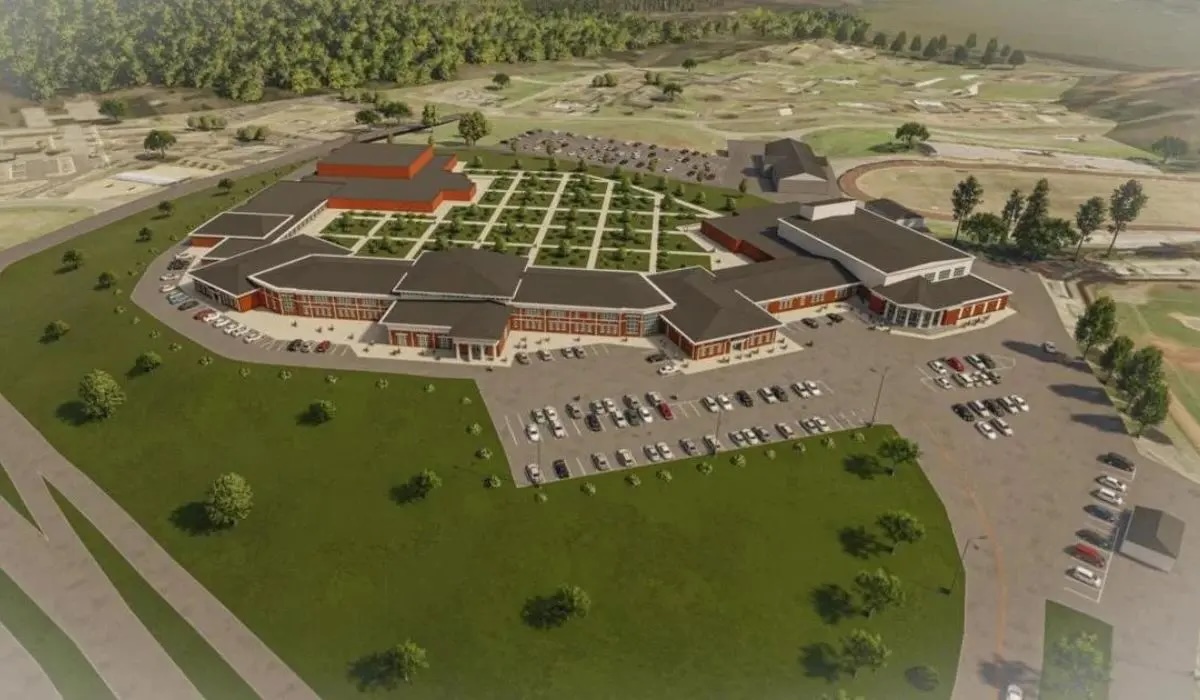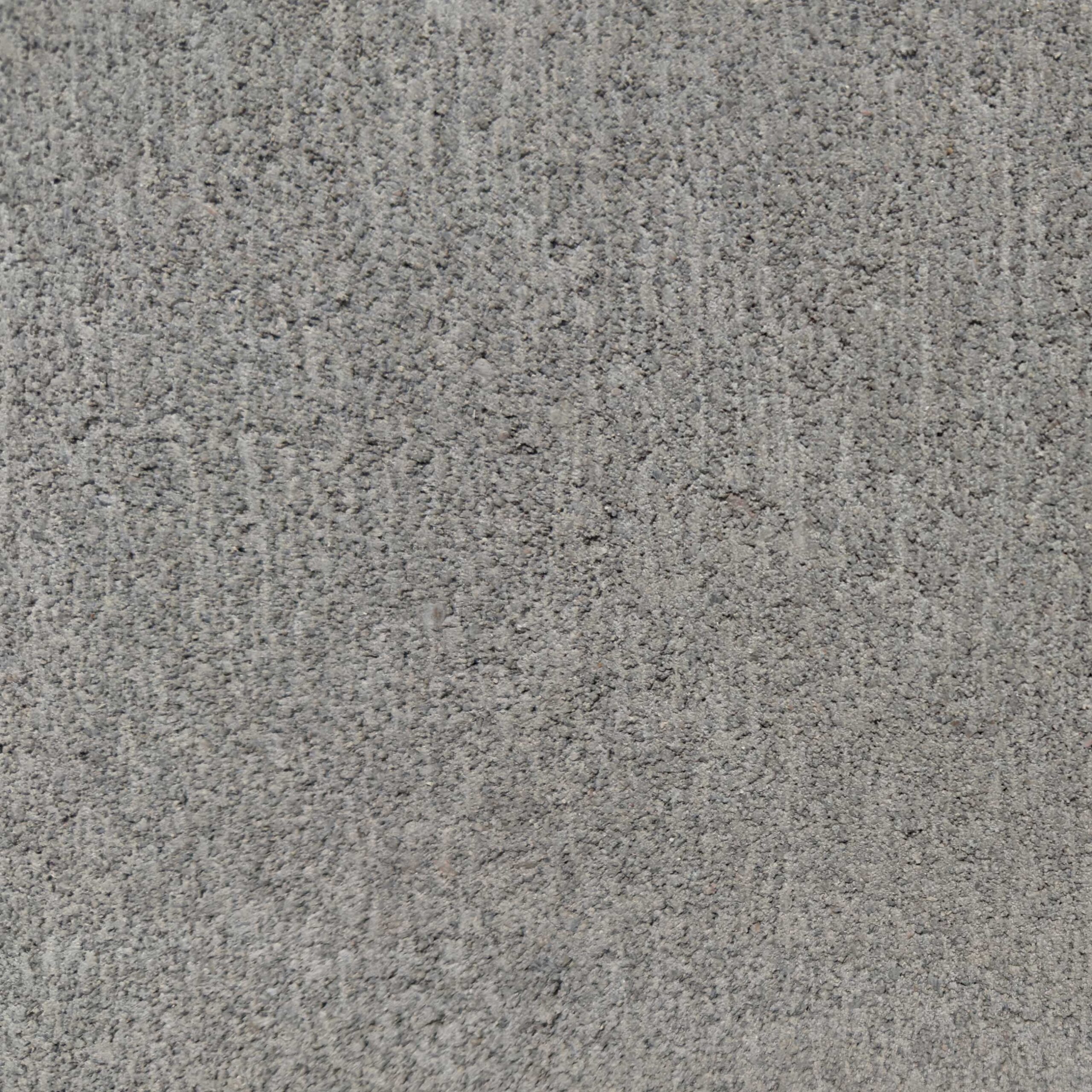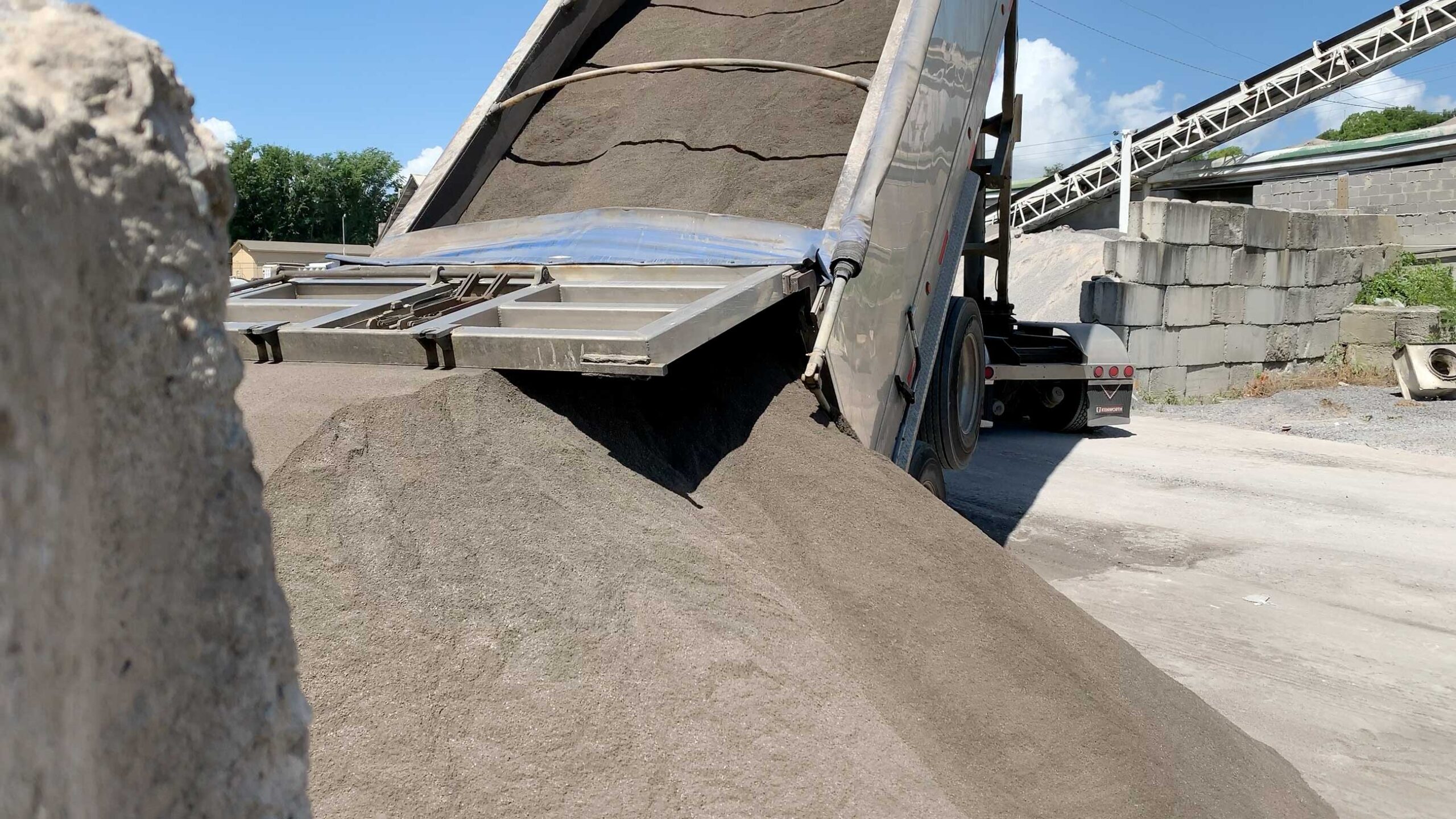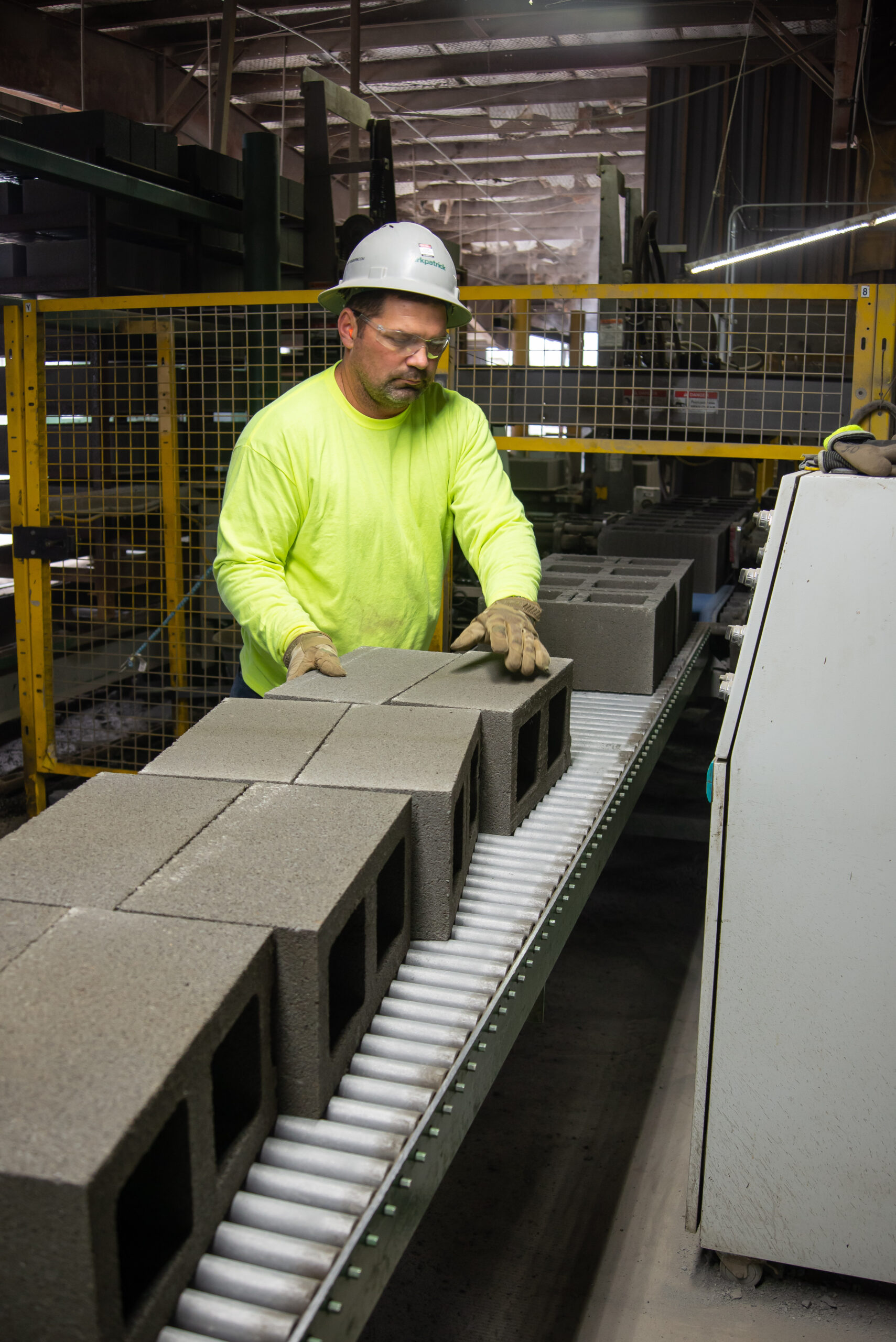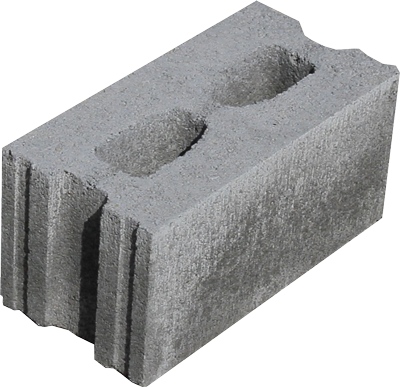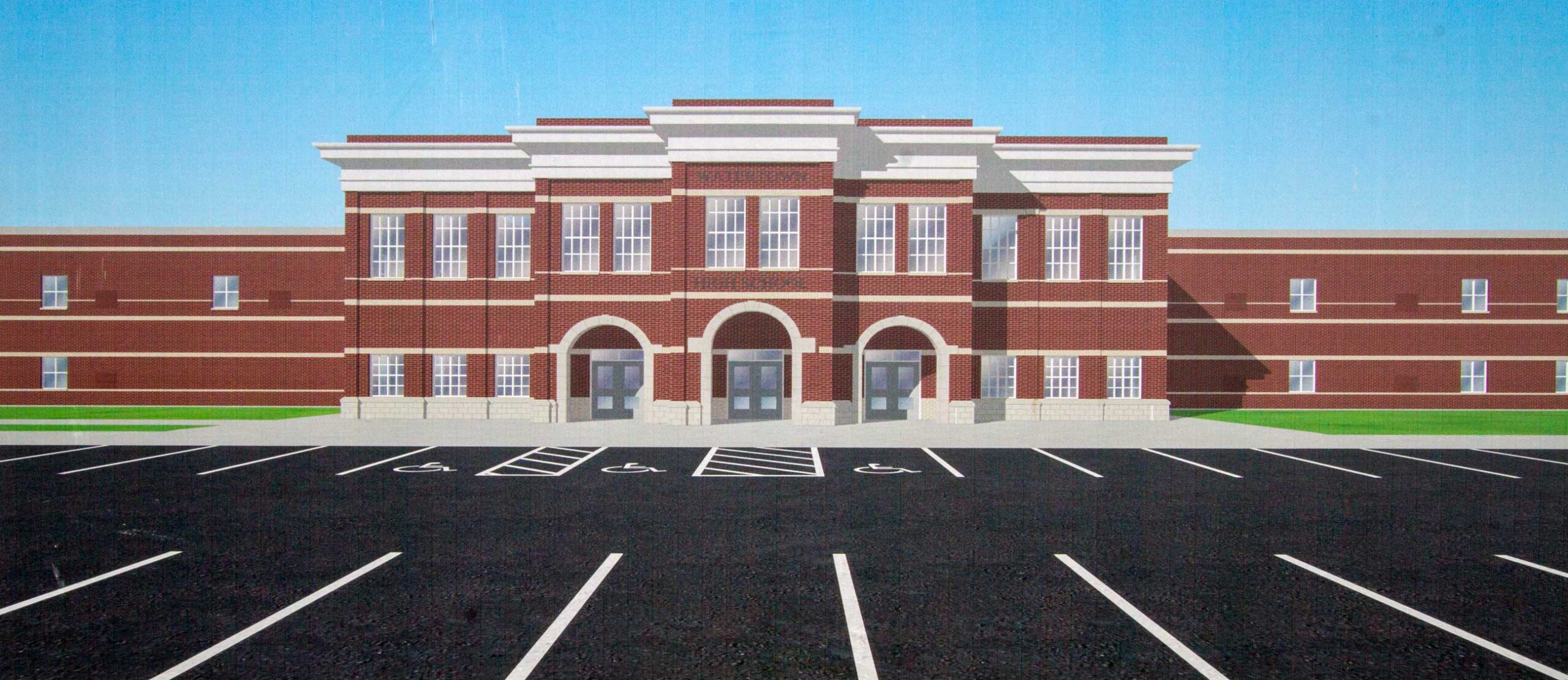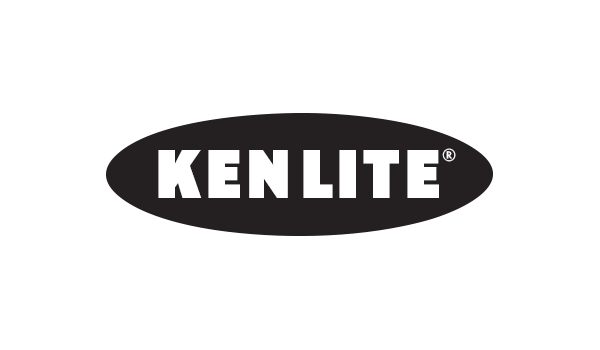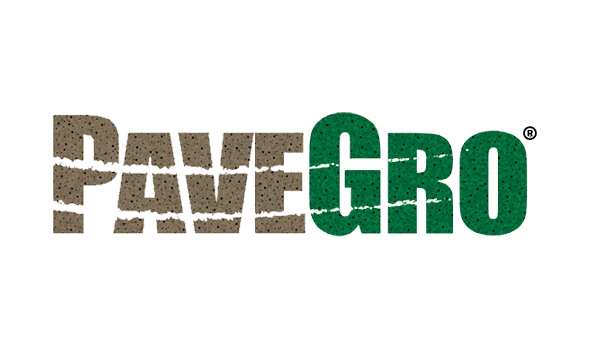The decision to use lightweight CMUs for the project provided a combination of strength, fire resistance, and ease of construction. Block producers, like Southland, can easily provide 4-hour fire-rated units by following a specific mix design developed in 1992.
“We call those Q-LITE or SmartWall units,” says Bill Wolfe, Marketing & Technical Manager for Arcosa Lightweight. “The fire rating of a concrete masonry unit is based on the equivalent thickness of the unit and the materials used. The reason lightweight block has a superior fire rating is that it contains lightweight aggregate that’s been fired in the manufacturing process. Aggregates that have already been fired won’t expand, so they remain thermally stable under fire conditions.”







